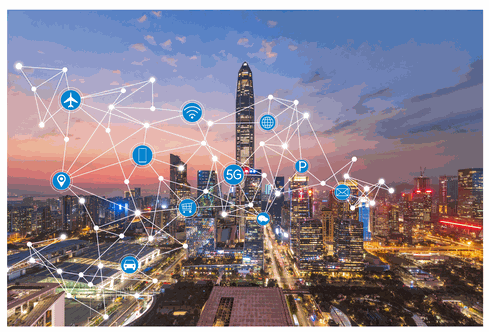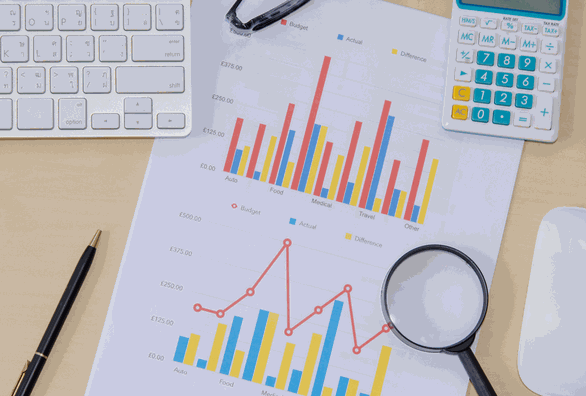The concept referred to as the Internet of Things involves the expanding networks of physical objects that are connected to the web and have the ability to exchange information among each other and with humans.
Additionally, smart machinery is commonly used in the workplace, and people are driving smart cars and even residing in smart cities.

It is estimated that by 2024, over 43 billion devices will be connected to the internet, exchanging, gathering, sharing, and utilizing data in a variety of ways. The following is a summary of some of the most significant trends that will shape how we interact with and use these devices in the upcoming year.
Digital twins evolve the corporate metaverse
Examples of this technology convergence can already be observed in the retail sector where store planners can observe foot traffic in real-time and adjust displays and promotions based on customer behavior and revenue generation. In industrial settings, it allows designers of factories and plants to try different machinery setups and identify potential safety hazards, as well as predict equipment malfunctions.

Ensuring security in IoT
The White House National Security Council aims to establish standardized security labeling for consumer IoT device manufacturers by early 2024 in the US, enabling consumers to comprehend the potential risks associated with specific devices. Simple precautions, such as being cautious of phishing attacks that use social engineering to deceive individuals into revealing access information, can prevent basic attacks.
The UK is also poised to introduce its own Product Security and Telecommunications Infrastructure bill.
In the consumer sector, where networks are the only barrier between sensitive personal data and theft, spending on security measures is projected to reach $6 billion in 2024, particularly for those involved in IoT.
How the Internet of Things is revolutionizing healthcare
Wearables and home sensors have transformed the way healthcare professionals monitor patients, enabling round-the-clock care and freeing up medical resources. In 2023, telemedicine will allow doctors to oversee treatment and monitoring of patients from their homes.
On the consumer front, wearable devices give individuals deeper insights into their health and fitness, leading to early detection of problems and a better understanding of the impact of diet and exercise.

ECG and Sp02 sensors are now common in smartwatches, and next year we can expect an influx of wearable skin patches and devices such as Neuralink's brain-computer interface implants.
The first application of these devices could help paralyzed individuals regain control of their bodies.
The role of governance in ensuring IoT security and privacy
Data collection
- Storage
- Protection against violations.
This is just one aspect of the new laws we can anticipate to be executed globally. This implies that 2024 could be the year where governments start to tackle the legal and ethical implications of an ever-growing Internet of Things (IoT)

The EU legislation is also likely to tackle matters associated with edge computing, which employs gadgets engineered to analyze data at the location where it is gathered rather than transmitting it to centralized cloud servers for examination.
Simultaneously, in Asia, 2023 marks the achievement of a three-year plan by the Chinese government to implement policies facilitating the widespread implementation of IoT technology throughout the country.
In China, as in other parts of the world, the IoT is perceived as having the capability to stimulate tremendous business growth, but there is a recognition that it must be developed in a controlled manner to prevent potential conflicts with privacy and personal rights.
Four key IoT trends that will mark a change in digitization